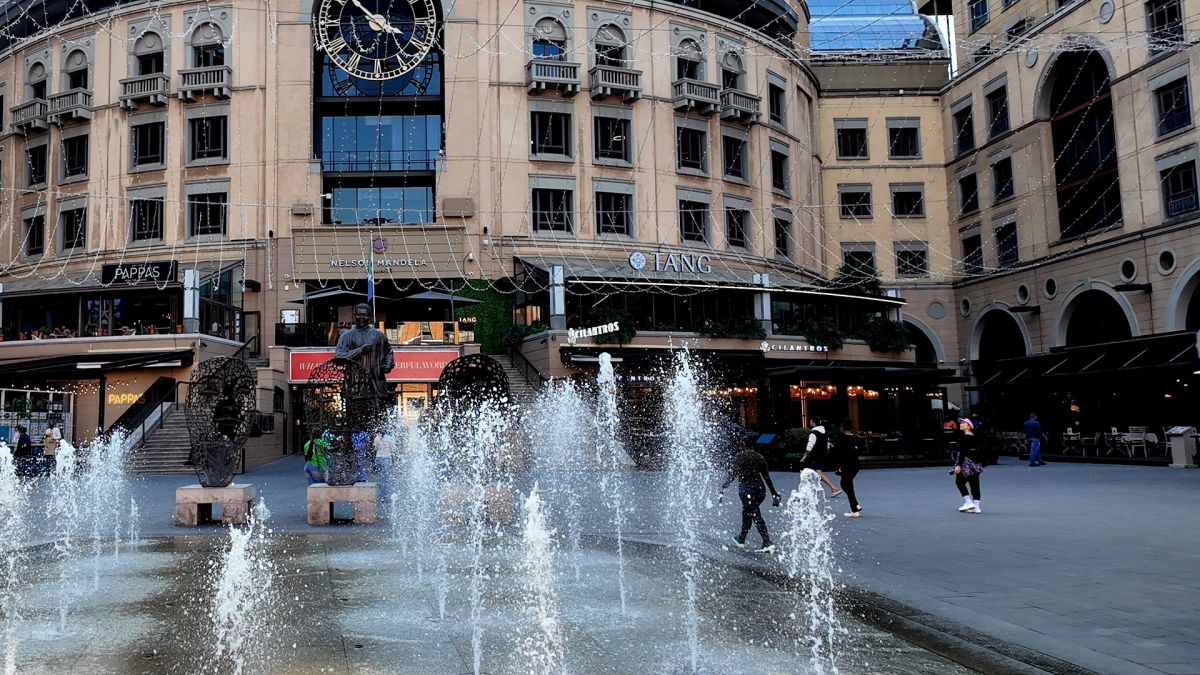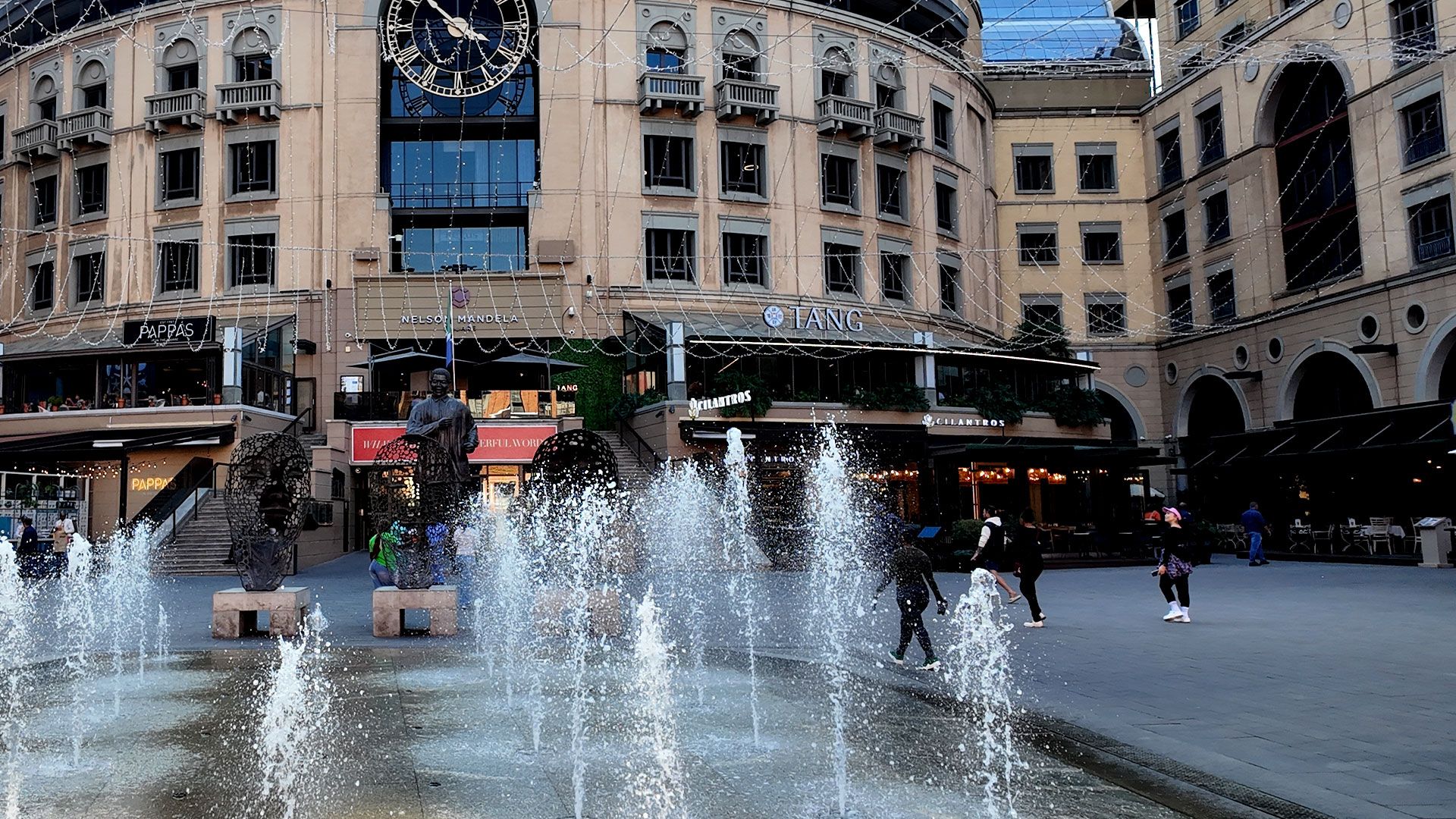November 12, 2025
South Africa’s MTBPS 2025
A Step Towards fiscal stability and economic renewal

Fiscal Discipline and Surplus Achieved
One of the most notable highlights is South Africa’s return to fiscal surplus after more than a decade. The government expects a primary budget surplus of R68.5 billion in 2025/26—a remarkable turnaround from persistent deficits in previous years. This achievement is a testament to disciplined expenditure control, improved tax collection, and higher revenue from both efficient SARS operations and economic activity. As revenue for the first half of the fiscal year reached R924.7 billion—up 9.3% from the previous year—the government has been able to bolster its fiscal position, with debt-to-GDP marginally increasing from 77.4% for the 2025/26 fiscal year projected in May 2025 to 77.9% in the Medium-Term Budget delivered today.
This fiscal prudence is vital in stabilising South Africa’s public debt, and economically positioning South Africa to achieve sustainable growth in future. The rising primary surpluses over the coming years aim to cut debt levels further, which will reduce interest costs—currently 21% of revenue—and free up resources for essential service delivery and infrastructure investments.
Progress Through Structural Reforms
Minister Godongwana reaffirmed that South Africa must continue its structural reforms, especially under Operation Vulindlela Phase 2. These reforms are critical for accelerating inclusive growth and tackling infrastructure bottlenecks—be it water, rail, or ports. Capacity at ports remains a particular concern, causing international trade backlogs that hinder economic competitiveness. The government acknowledges that without tackling these infrastructural issues, economic growth will remain constrained.
South Africa’s economic growth forecasts have been slightly lowered to 1.2% for 2025, but the long-term prospects remain bright. The IMF-style projection of an 8% nominal growth rate over the medium term reflects optimism that reforms, coupled with policy stability, will unlock greater economic potential.
Lower Inflation Targets, Better Economic Stability
Another historic move announced in the MTBPS is the lowering of the country’s inflation target to 3%, the first change in 25 years. This decision aligns with the Reserve Bank’s goal of anchoring inflation expectations and maintaining macroeconomic stability. A tighter inflation target helps to sustain lower interest rates, making borrowing cheaper for households and businesses alike—fostering investment and job creation.
This move also signals a disciplined approach to economic management, reinforcing the government’s commitment to creating an environment conducive to private sector growth and fiscal responsibility.
Improved Revenue Collection and Investment Climate
The government’s revenue collection efforts have gained momentum, with a 9.3% increase in the first half of 2025/26 compared to last year. This boost is partly due to one-off corporate collections and higher household spending, alongside further funding for SARS. The resulting higher revenues and lower debt costs position South Africa favourably in the eyes of investors, with improved sovereign risk ratings and borrowing costs.
Furthermore, the government is contemplating long-term fiscal targets to ensure sustainability, which is key to cementing investor confidence and attracting much-needed capital for infrastructure and developmental projects.
Challenges and Opportunities
While the fiscal outlook is positive, Minister Godongwana highlighted ongoing challenges, notably in ensuring faster economic growth. With growth forecast estimated at 1.2% for 2025, the need for structural reforms is more pressing than ever. These reforms will unlock the potential for higher growth and employment, particularly through tackling infrastructure inefficiencies and streamlining regulations.
Additionally, the government’s approach to managing inflation and public debt demonstrates a conservative yet pragmatic stance—one that balances growth with fiscal prudence. In the context of global economic uncertainties, this disciplined stance bodes well for South Africa’s economic recovery and long-term stability.
In Conclusion
The MTBPS 2025 aims to signal a positive shift in South Africa’s economic trajectory, emphasising fiscal discipline, structural reforms, and prudent monetary policy. The stronger-than-expected current fiscal position, combined with continued strategic reforms, positions South Africa to weather external shocks and lay the groundwork for sustainable growth if this trajectory is maintained. As South Africa continues this path, it remains essential that government, business, and society work together, embracing responsible economic management to secure a brighter future for all citizens in the medium to longer term going forward.











